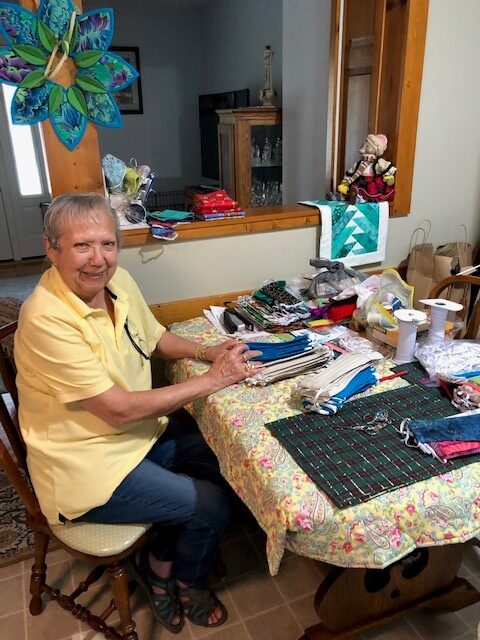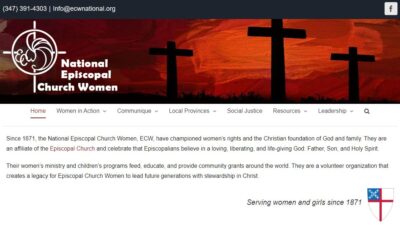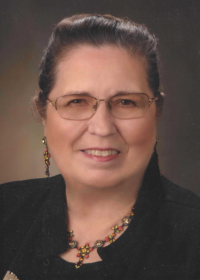Episcopal Women’s Ministries Fall Retreat
September 25 and 26 on Zoom – 2020
Living our Call as Disciples – a Virtual Retreat – Led by the Reverend Canon Kristin White, Canon to the Ordinary for Congregational Development and Leadership.
ALL are welcome to participate – women, men, couples, youth; from the Episcopal Diocese of Indianapolis or beyond
Registration is FREE! Here is the registration link: https://bit.ly/EWM_Fall20. Call-in, audio-only option available.
Friday Sept 25 – 7:30 PM – 9:00 PM EDT – Opening prayer, meet & greet with Canon White and other attendees, and overview of our Virtual Retreat.
Saturday 8:00 AM EDT – Yoga Session – Optional
Saturday Sept 26 – 9:00 AM – 5:00 PM EDT – Over 2 morning sessions and 2 afternoon sessions including teaching, discussion, prayer and silence, we will reflect on discipleship and learn practices to help us grow as disciples.
Please register promptly. Each person attending should fill out their own registration form even if in the same household as other attendees. For a more detailed description of the retreat, or a biographical note about of Canon White, see the EWM Facebook page: https://www.facebook.com/events/303823720781051/
For other questions or if you would like technical assistance, please email Retreat Chair: Louise Boling at copperboling@gmail.com
Submitted by:
Lisa Matucheski
Secretary & Co-Chair EWM
Episcopal Women’s Ministries
Diocese of Indianapolis

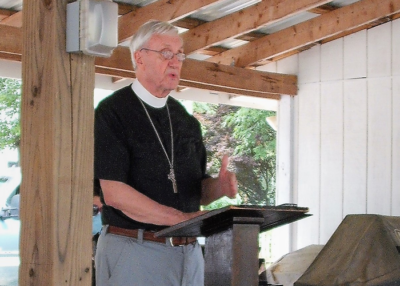
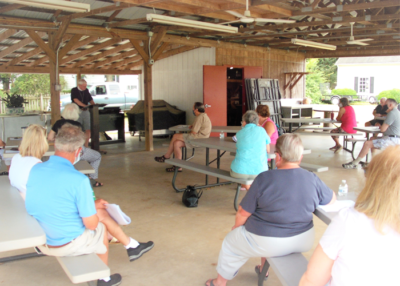
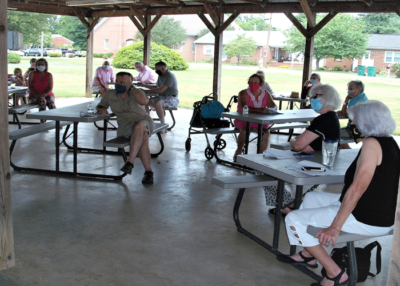
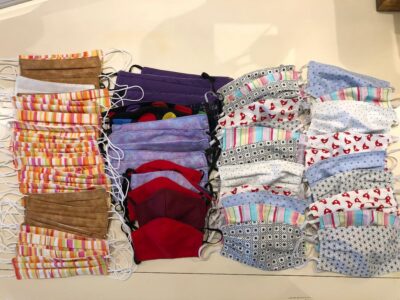 Haven House, a domestic abuse shelter in Leesburg, FL, had an urgent need for face masks for the 40 children in its care. Trusting in their longtime supporter, Christine Berti of St George Episcopal Church (The Villages, FL), they reached out for help. Christine sprang to action.
Haven House, a domestic abuse shelter in Leesburg, FL, had an urgent need for face masks for the 40 children in its care. Trusting in their longtime supporter, Christine Berti of St George Episcopal Church (The Villages, FL), they reached out for help. Christine sprang to action.

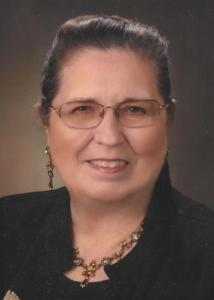 Karen O Patterson
Karen O Patterson
